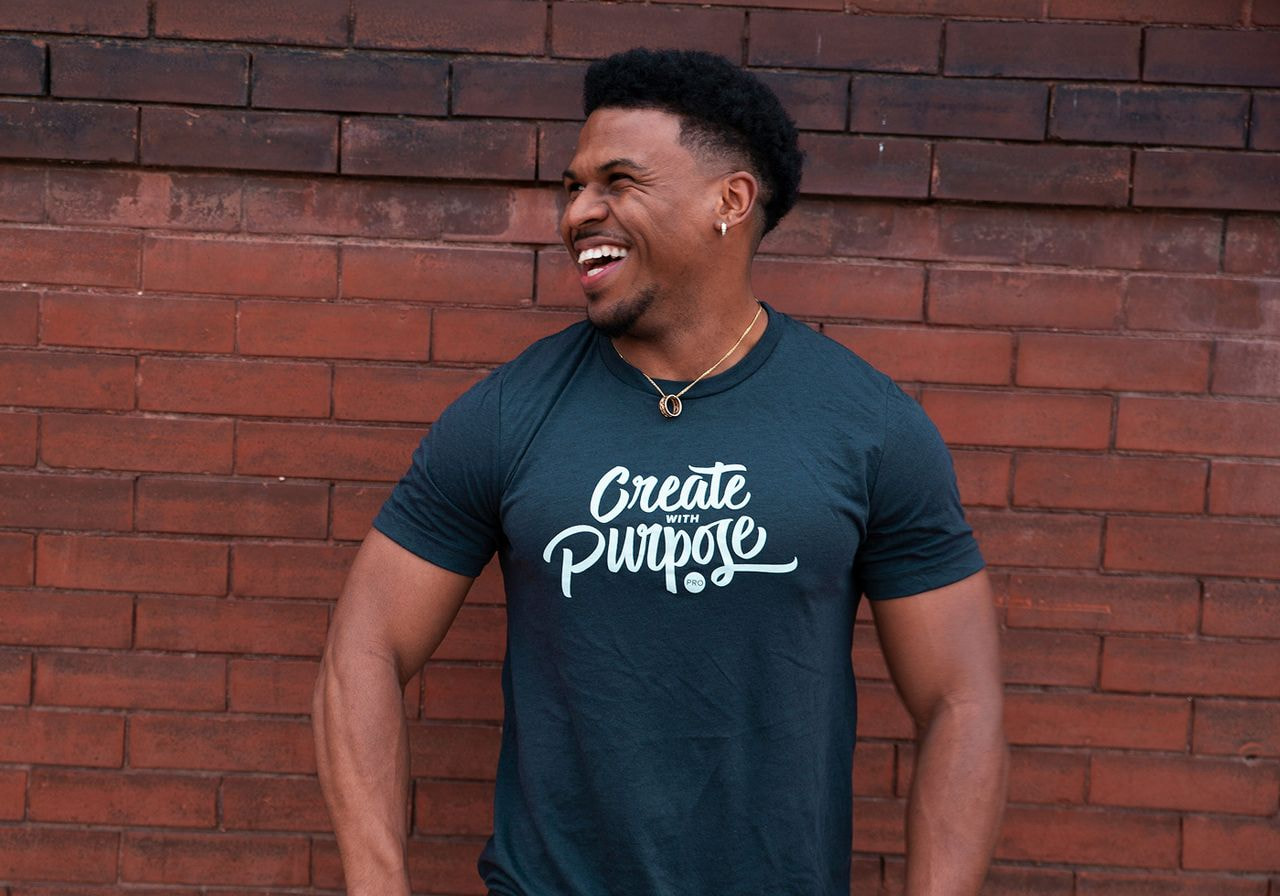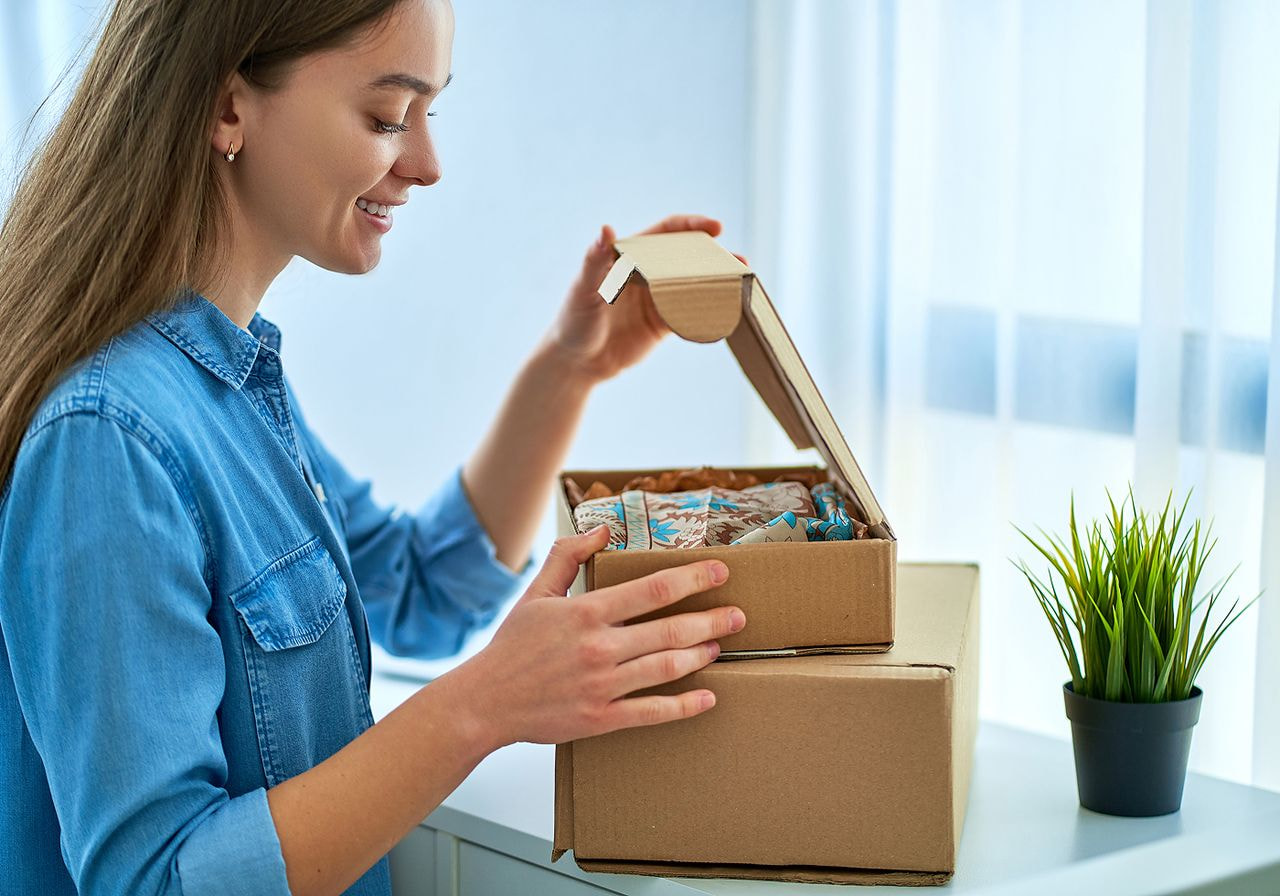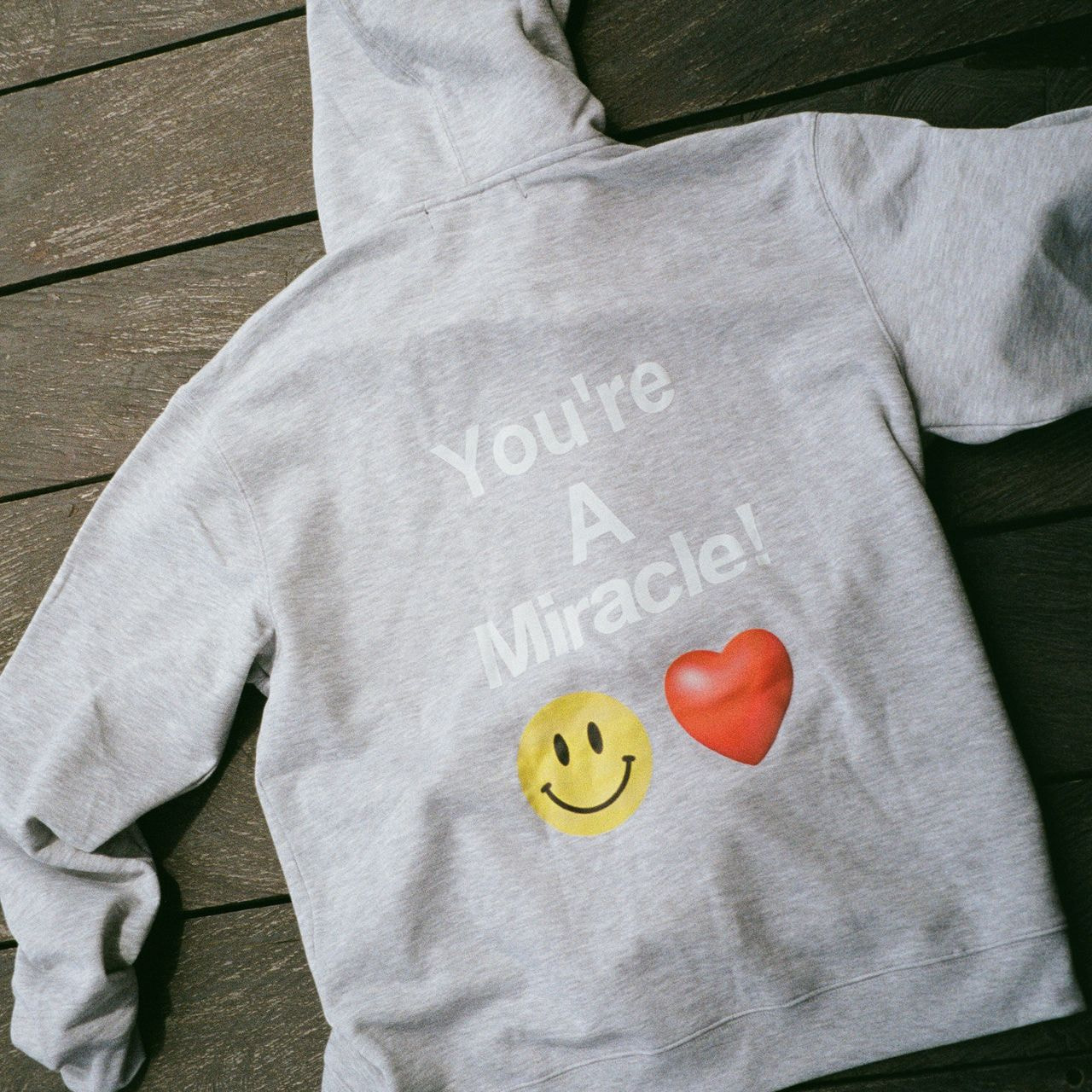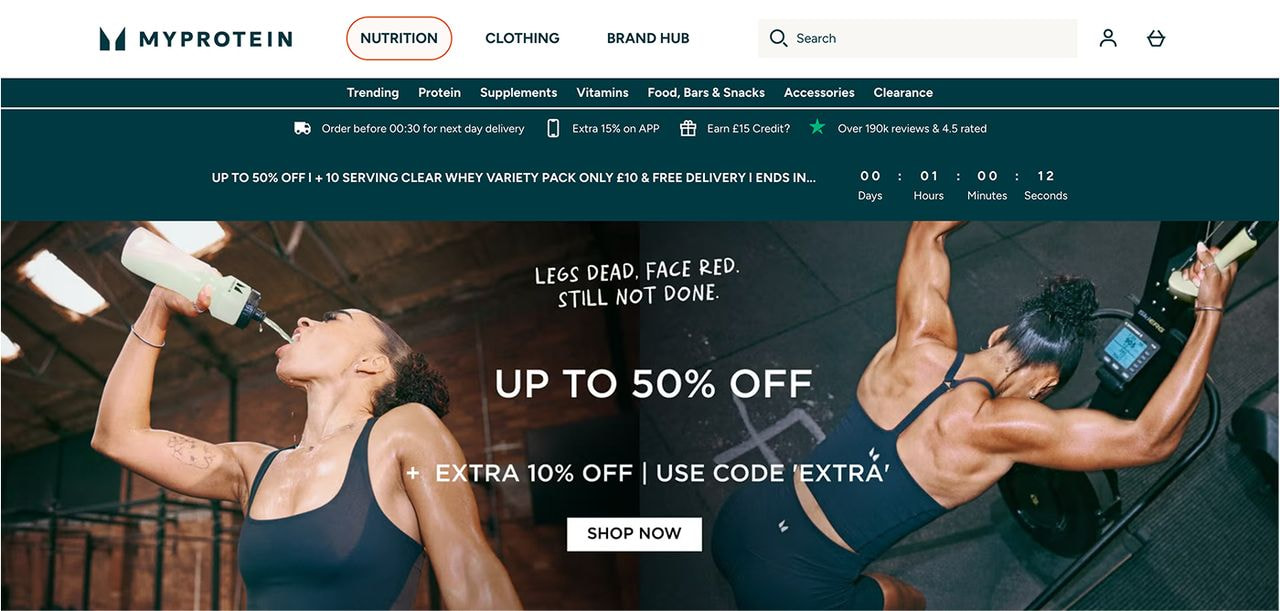Table of contents
Whether you're launching your first Shopify store or scaling an Etsy business, brand awareness is one of the most valuable assets you can build. But what is brand awareness, and why does it matter so much for ecommerce success?
In this guide, we'll break down what it means, how it fuels business growth, and the practical steps you can take to strengthen brand recognition using both organic and paid marketing strategies.
Key takeaways
-
Brand awareness reflects how familiar people are with your brand, product, or service.
-
It influences purchase decisions, customer loyalty, and word-of-mouth marketing.
-
A powerful brand awareness strategy increases trust, web traffic, and market share.
-
You can raise awareness through content marketing, social media, and ad campaigns.
-
Measuring brand awareness through metrics like direct traffic, ad recall, and social media engagement can give your business a competitive edge in a crowded market.


What is brand awareness?

Brand awareness is how easily your target audience can recognize your brand. It's more than just your name; it’s the logo, the tone, the products.
For example, say "Just do it," and most people think of Nike—that’s brand awareness at its finest. It’s the crucial first step in the customer journey, turning your brand from invisible to unforgettable.
In a crowded ecommerce space, strong brand awareness helps you stand out, build trust, and spark purchase intent even before customers add items to their cart.
How does brand awareness help your business grow?

It plants the seed for future sales. While it may not always lead to immediate conversions, every touchpoint—ads, social media, or word-of-mouth—cements your brand in customers’ minds.
Think of “Pampers” for baby diapers; that’s strong brand awareness at work. Combining organic and paid strategies makes these effects measurable and impactful.
You can measure it through a variety of brand awareness metrics, such as:
-
Direct traffic to your website
-
Branded search queries (people Googling your brand by name)
-
Social media engagement and shares
-
Brand mentions tracked through social listening tools
-
Surveys measuring unaided brand awareness (where users name brands without prompts)
-
Increases in ad recall or brand lift after running advertising campaign ideas
Why is brand awareness important? Building a recognisable, trustworthy, and emotionally resonant brand sets the stage for long-term business success. You’re not just selling a product, you’re becoming a name people remember, recommend, and return to.
Fun fact: In 2024, the average internet user spent more than 2 hours a day on social media.
Naturally, businesses are investing heavily in brand awareness campaigns across platforms like Instagram, Facebook, and TikTok, particularly targeting Millennial and Gen Z audiences.
This shift has also transformed how promotions work: consumers now play an active role by discussing the brands they love online. Facebook remains the most widely used platform, but younger users are increasingly active on Instagram and TikTok. Brands that stay current with these trends can increase brand awareness and boost their overall marketing strategies.
At the same time, negative feedback spreads just as quickly. Today’s marketers have to be responsive, address complaints, and offer real-time solutions. These are now part of an effective brand awareness approach, helping preserve brand equity and turning potential issues into opportunities to strengthen brand perception.
Pro tip: Tools like Google Search Console, Ahrefs, and Brand24 make it easy to track how often people search for your brand. When you see branded searches going up, that’s a clear sign that your awareness is growing. Plus, these tools help you catch and respond to any negative feedback quickly with real-time brand alerts. Win-win!
The 4 main brand awareness strategies

There are several levels of brand awareness, and knowing them can help you create a more strategic marketing plan:
Brand recognition
Brand recognition means your audience can identify your brand's logo, name, color palette, or packaging when they see it.
For example, many people can spot a Starbucks cup or Apple’s sleek packaging without even seeing the name. This kind of recognition comes from consistent branding efforts—using the same design elements, tone, and visual identity across all marketing channels.
Focus on consistency—use the same fonts, logos, and imagery on your website, packaging, and social media presence. Over time, this repetition helps embed your brand in your customers’ minds, making it more memorable and instantly recognizable.
Brand recall
Brand recall (also called unaided brand awareness) happens when someone remembers your brand name without seeing a visual prompt. For example, if a friend asks for a recommendation for eco-friendly activewear and your brand is the first one that comes to mind, that’s brand recall.
This level of high brand awareness is often the result of strong content marketing, storytelling, and emotional branding. You’re not just showing up—you’re becoming part of the conversation.
To build recall, create memorable messages, tell stories that connect, and use language that reflects your brand voice.
Top-of-mind awareness
This is the highest and most powerful level of brand awareness. Top-of-mind awareness means that when someone thinks of a product category, your brand is the first that comes to mind.
For example, when people hear “online marketplace,” many immediately think “Amazon.” Reaching this level takes consistent marketing, frequent exposure across multiple platforms, and delivering an unforgettable product or experience.
Brands with top-of-mind awareness often dominate market share and enjoy long-term success because they’re the go-to choice for buyers.


How to build brand awareness (step-by-step)
Now let’s explore how to increase brand awareness starting today.
Build a consistent brand voice
A consistent brand voice builds brand recognition and trust. Whether you're writing Etsy product descriptions, Instagram captions, or customer emails, your tone and messaging should always reflect your brand’s personality—playful, professional, or somewhere in between.
Once your voice is defined, apply it to all marketing campaigns to build an emotional connection and stand out in a crowded market.
Just look at Nike’s empowering “Just do it” messaging—it’s clear, consistent, and unforgettable.
In short: brand consistency isn’t optional—it’s essential.
Use social media and influencers

Social media plays a big role in building brand awareness. Platforms like Instagram, TikTok, and Pinterest let you connect with your target audience, showcase your brand’s personality, and stay visible.
Collaborating with influencers adds credibility. When real people share authentic experiences with your product, it feels more trustworthy and puts your business in front of new audiences who already follow and engage with them.
Glossier nailed this strategy. By sending products to micro-influencers and everyday users, the brand generated a wave of user-driven content that built massive brand awareness and turned it into a modern skincare powerhouse.
Run paid brand awareness campaigns
Brand awareness campaigns on platforms like Meta, Google, TikTok, and Pinterest are a smart way to get your brand in front of the right people. These campaigns aren’t focused on immediate sales—their goal is to build familiarity by increasing visibility, impressions, and ad recall over time.
By consistently showing your name, logo, or product to your ideal customer, you boost brand perception and increase the likelihood of future conversions. A/B testing and performance analysis also give you valuable insights into what resonates, helping you fine-tune your message.
You can target specific demographics, behaviors, and interests to ensure the right people see your message.
To measure results, use tools like:
-
Google Analytics – Track direct traffic, branded search terms, referral sources, and user behavior to gauge overall brand visibility.
-
Google Search Console – Monitor how often your brand appears in search results and which branded keywords people are using.
-
Meta Business Suite – Access data on reach, impressions, and engagement across Facebook and Instagram in one place. It's great for managing, scheduling, and optimizing your campaigns with a consistent message.
-
TikTok Ads Manager – Ideal for reaching younger audiences. Track performance metrics like video views and engagement, and set “Awareness” as your campaign goal to target users likely to remember your brand. Customize targeting based on age, interests, and behavior.
Offer memorable unboxing experiences

A unique unboxing experience is a powerful way to boost brand awareness and leave a lasting impression. With Printful’s print-on-demand, you can go beyond the product by adding custom elements like branded packing slips, inside labels, packaging inserts, and even personalized messages.
Thoughtful packaging transforms a simple delivery into a share-worthy brand experience.
When someone opens a package and instantly recognises your brand’s style, colors, and voice, it strengthens brand recognition.
Unboxing often becomes user-generated content, which acts as free promotion and expands your reach.
Create shareable designs and merch

Looking to boost website traffic and reach new audiences? Products like t-shirts with clever quotes, hoodies with striking visuals, or tote bags with bold messages don’t just serve a function—they spark conversations.
This is one of the most effective strategies for increasing awareness, especially on social media platforms where visuals dominate.
When customers wear or post your products online, it’s free advertising. Loyal fans become brand ambassadors.
Whether you’re launching a limited-edition drop, running a giveaway, or tapping into pop culture, make merch that creates buzz, and ensure your brand name or logo is front and center.
Build brand loyalty and referrals
Loyal customers are more than repeat buyers; they’re your brand’s biggest advocates. When they share your products or recommend them to others, they amplify brand awareness efforts at no extra cost to you.
To build this kind of brand loyalty, create meaningful touchpoints throughout the customer journey: exceptional service, high-quality products, and personalized follow-ups. A referral program with discounts or exclusive rewards can encourage happy customers to spread the word.
User-generated content and testimonials are also key to a strong brand awareness strategy. When people see real customers engaging with your product, it builds brand equity and trust. Highlight these moments on your website and across your social media posts.
Brand awareness example
Founded in 2004 by Oliver Cookson with just a £500 overdraft, Myprotein has transformed from a modest startup into a global leader in sports nutrition. This remarkable growth underscores the power of strategic brand awareness initiatives.

Profit margin
Myprotein's emphasis on high-margin products played a pivotal role in its profitability. The company effectively increased its average order value (AOV) by prioritizing premium-priced items and leveraging data-driven marketing strategies. For instance, by focusing on nutrition products and aligning campaigns with core brand identity, Myprotein enhanced revenue impact and customer acquisition.
Scalability
The brand's scalability is evident in its international expansion. Myprotein's entry into the Japanese market serves as a prime example. The company grew exponentially by localizing products, introducing flavors like matcha latte and Hokkaido milk tea, and adapting to local payment methods. Revenue soared from £1 million in 2016 to £125 million in 2020, making it Japan's top foreign sports nutrition brand.
Startup costs
Starting with minimal capital, Cookson's initial investment was primarily in purchasing whey protein in bulk and building a basic website. Early marketing efforts included cost-effective strategies like forum advertisements and Google AdWords campaigns. This lean approach allowed for rapid business model validation without significant financial risk.
Time to profitability
Myprotein achieved profitability relatively quickly, thanks to low startup costs, direct-to-consumer sales, and a focus on high-demand products that drove early revenue. Its acquisition by The Hut Group in 2011 for £60 million further accelerated its growth.
Myprotein's journey shows how building awareness, data-driven decision-making, and localized marketing can turn a small startup into a global powerhouse.
Conclusion
Brand awareness is essential for long-term ecommerce success. It’s what turns one-time buyers into loyal fans and strangers into supporters.
From creating a memorable brand message to running marketing campaigns and tracking brand awareness metrics, your efforts today will pay off with trust, web traffic, and customer growth.
Whether you're launching your first product or scaling an established business, a strong brand strategy will set you apart from the competition.


FAQ
Brand awareness is how well your potential customers recognise your brand. It includes familiarity with your name, logo, product, or message, and reflects how easily your brand comes to mind during purchasing decisions. Building brand awareness and trust helps attract and keep loyal customers.
For example, when someone sees a pink bag and immediately recognises it as a Glossier product. This kind of quick recognition shows the brand’s identity is clear, memorable, and emotionally resonant, making it more likely that consumers will choose it over unfamiliar alternatives.
There are different levels of brand awareness, such as when people recognise your logo (brand recognition), remember your name when prompted (brand recall), or think of you first in a category (top-of-mind). These levels show how deeply your brand is established in consumers’ minds.

Printful is an on-demand printing and fulfillment service that helps businesses create and ship custom products.





